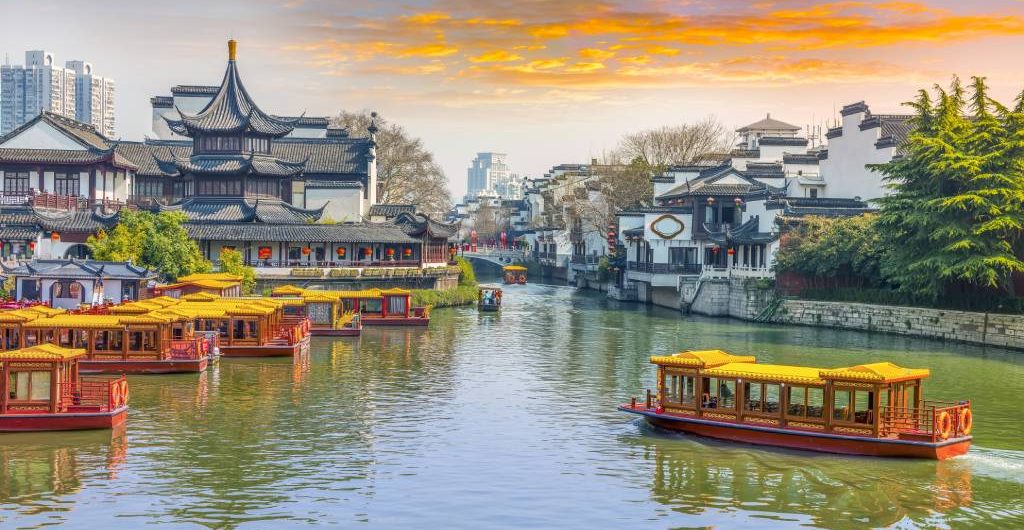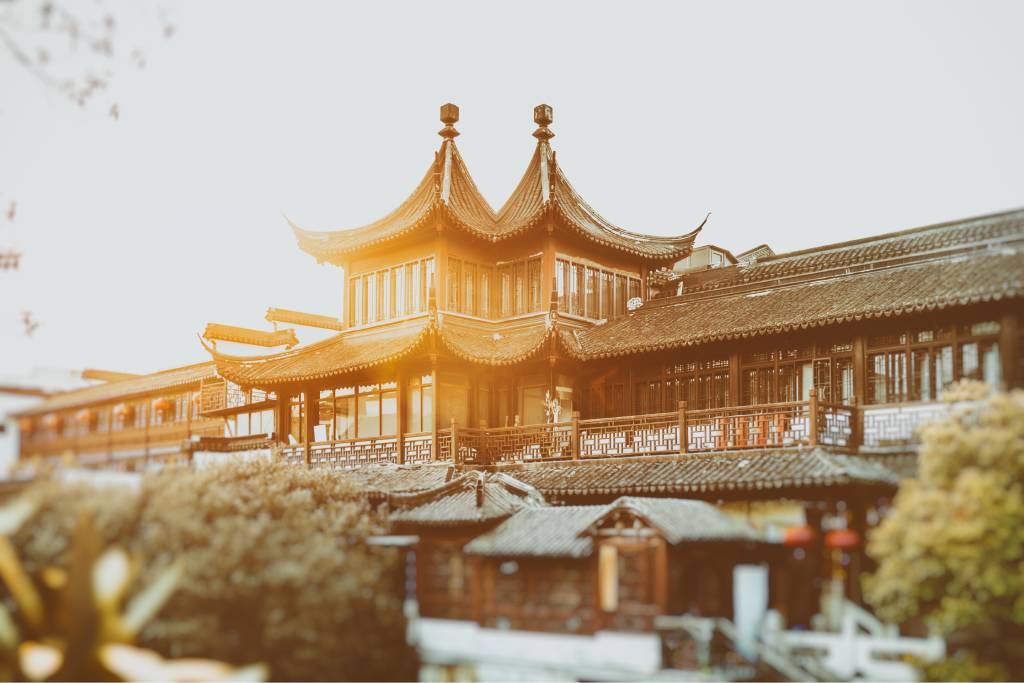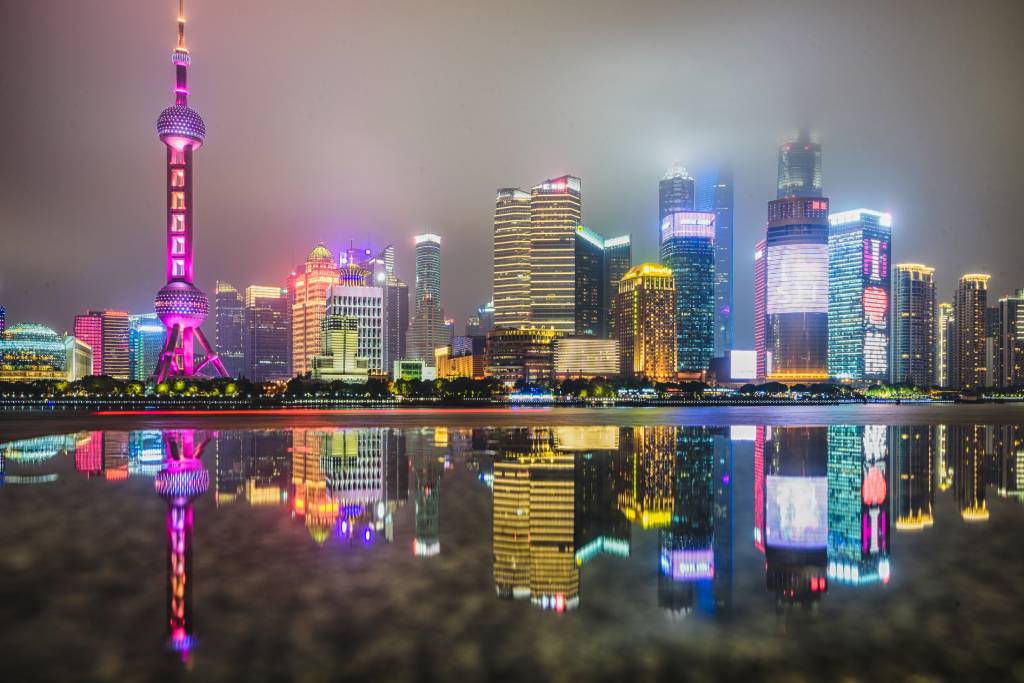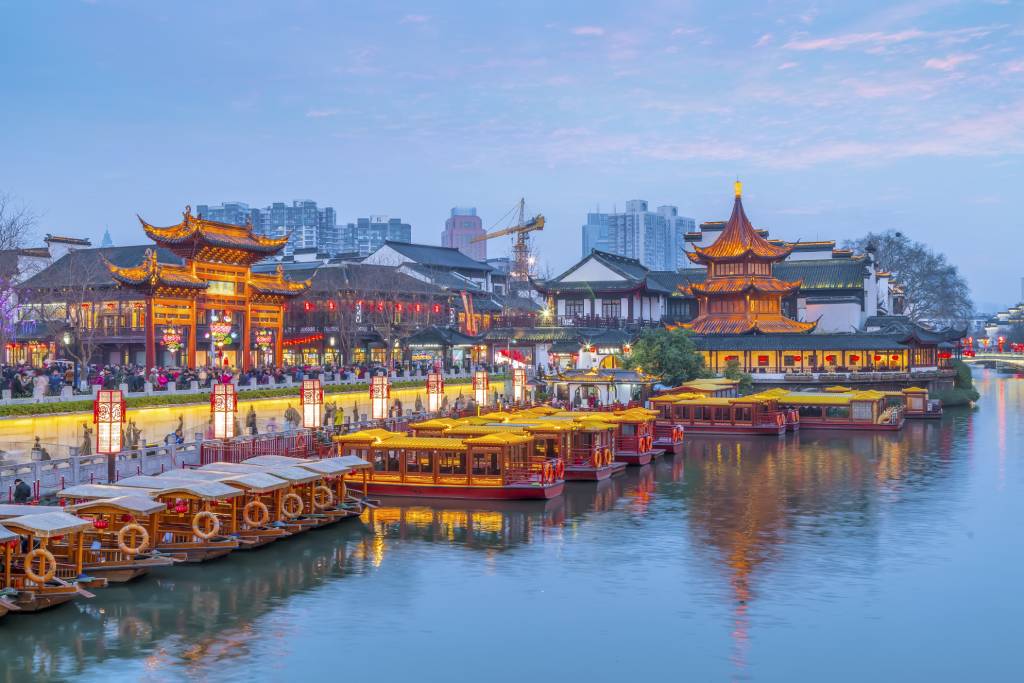
Beijing, the capital of the People’s Republic of China, stands as an emblematic metropolis that intertwines ancient traditions with modernity. Its historical, cultural, and political significance makes it a captivating destination for travelers and a powerhouse on the global stage.
Historical Background

Ancient History and Origins of Beijing
Beijing’s roots can be traced back over three millennia. It was initially known as Ji and served as a regional capital in the Zhou Dynasty (11th century BC). Over time, it evolved, taking on names like Yanjing during the Liao Dynasty and Dadu during the Yuan Dynasty.
Key Historical Events and Dynasties
Throughout history, Beijing has been the seat of power for several dynasties, including the Ming and Qing. It witnessed significant events like the construction of the Great Wall during the Qin Dynasty and the Boxer Rebellion in the late 19th century.
Evolution of the City’s Name
Beijing’s name has undergone several changes, reflecting its evolving history. The name “Beijing” itself means “Northern Capital,” highlighting its role as the northern capital of China, succeeding Nanjing.
Geography and Location

Geographic Features of Beijing
Beijing is situated in the northern part of China and is characterized by a diverse landscape that includes mountains, plains, and rivers. The Great Wall of China winds through its northern region, while the fertile North China Plain dominates its southern expanse.
Strategic Location in China
Its strategic location has made Beijing a vital center for politics, culture, and commerce. It serves as a gateway to northern China and a crucial transportation hub, connecting various parts of the country.
Modern Beijing

Population and Demographics
As one of the most populous cities globally, Beijing is a melting pot of cultures, with a diverse population representing all corners of China and even the world.
Economic Significance
Beijing is a thriving economic hub, housing the headquarters of numerous Chinese corporations and hosting major international companies. Its economic prowess has contributed significantly to China’s overall growth.
Political Importance as China’s Capital
Being the capital, Beijing is the center of China’s political life. It houses key government institutions like the National People’s Congress, the State Council, and the Chinese Communist Party’s headquarters.
Landmarks and Tourist Attractions

The Great Wall of China
The Great Wall, a UNESCO World Heritage Site, extends into Beijing. It’s a testament to ancient engineering marvels and offers breathtaking views.
The Forbidden City
The Forbidden City, also known as the Imperial Palace, is a symbol of China’s imperial past. It’s a magnificent complex with thousands of rooms, gardens, and historic artifacts.
Tiananmen Square
Tiananmen Square is an iconic public space, known for its historical significance, and serves as a gathering point for celebrations and ceremonies.
Temple of Heaven
The Temple of Heaven is a stunning example of imperial architecture and a place where emperors of the Ming and Qing Dynasties prayed for good harvests.
Summer Palace
The Summer Palace, a serene retreat, showcases classical Chinese garden design and features a beautiful lake.
Modern Landmarks like the Bird’s Nest and Water Cube
The Bird’s Nest stadium and Water Cube aquatic center are modern marvels, constructed for the 2008 Olympics, symbolizing Beijing’s contemporary face.
Stay tuned for the continuation of this content, covering culture, education, transportation, environmental concerns, and the future outlook for Beijing.